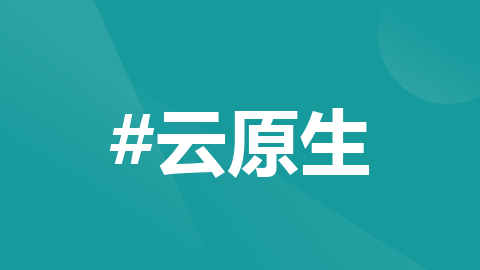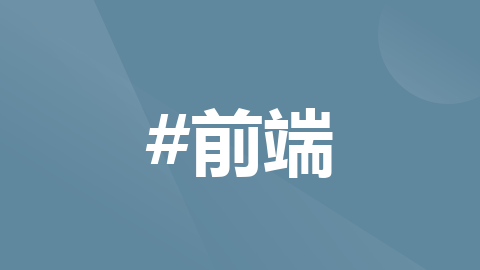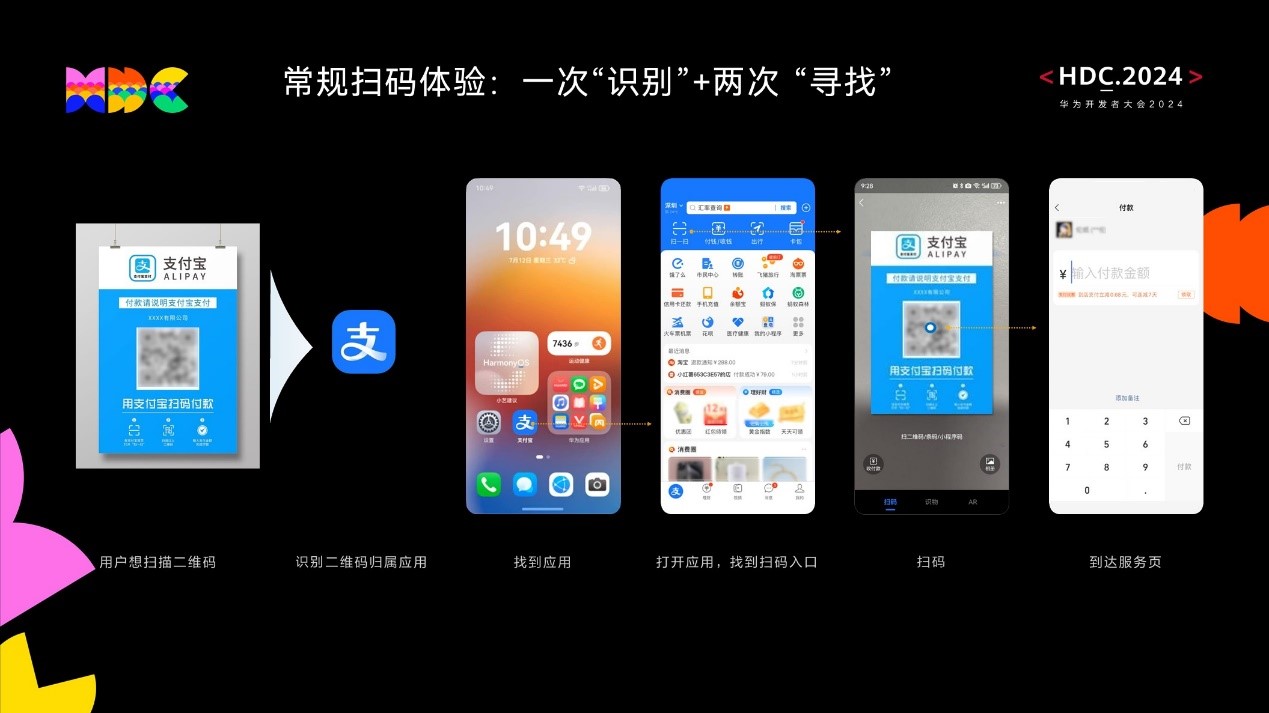学习Vue3 第十四章(父子组件传参)
父组件通过v-bind绑定一个数据,然后子组件通过defineProps接受传过来的值,如以下代码给Menu组件 传递了一个title 字符串类型是不需要v-bind<template><div class="layout"><Menutitle="我是标题"></Menu><div class="layout-right"><He
父组件通过v-bind绑定一个数据,然后子组件通过defineProps接受传过来的值,
如以下代码
给Menu组件 传递了一个title 字符串类型是不需要v-bind
<template>
<div class="layout">
<Menu title="我是标题"></Menu>
<div class="layout-right">
<Header></Header>
<Content></Content>
</div>
</div>
</template>传递非字符串类型需要加v-bind 简写 冒号
<template>
<div class="layout">
<Menu v-bind:data="data" title="我是标题"></Menu>
<div class="layout-right">
<Header></Header>
<Content></Content>
</div>
</div>
</template>
<script setup lang="ts">
import Menu from './Menu/index.vue'
import Header from './Header/index.vue'
import Content from './Content/index.vue'
import { reactive } from 'vue';
const data = reactive<number[]>([1, 2, 3])
</script>子组件接受值
通过defineProps 来接受 defineProps是无须引入的直接使用即可
如果我们使用的TypeScript
可以使用传递字面量类型的纯类型语法做为参数
如 这是TS特有的
<template>
<div class="menu">
菜单区域 {{ title }}
<div>{{ data }}</div>
</div>
</template>
<script setup lang="ts">
defineProps<{
title:string,
data:number[]
}>()
</script>如果你使用的不是TS
defineProps({
title:{
default:"",
type:string
},
data:Array
})TS 特有的默认值方式
withDefaults是个函数也是无须引入开箱即用接受一个props函数第二个参数是一个对象设置默认值
type Props = {
title?: string,
data?: number[]
}
withDefaults(defineProps<Props>(), {
title: "张三",
data: () => [1, 2, 3]
})子组件给父组件传参
是通过defineEmits派发一个事件
<template>
<div class="menu">
<button @click="clickTap">派发给父组件</button>
</div>
</template>
<script setup lang="ts">
import { reactive } from 'vue'
const list = reactive<number[]>([4, 5, 6])
const emit = defineEmits(['on-click'])
//如果用了ts可以这样两种方式
// const emit = defineEmits<{
// (e: "on-click", name: string): void
// }>()
const clickTap = () => {
emit('on-click', list)
}
</script>我们在子组件绑定了一个click 事件 然后通过defineEmits 注册了一个自定义事件
点击click 触发 emit 去调用我们注册的事件 然后传递参数
父组件接受子组件的事件
<template>
<div class="layout">
<Menu @on-click="getList"></Menu>
<div class="layout-right">
<Header></Header>
<Content></Content>
</div>
</div>
</template>
<script setup lang="ts">
import Menu from './Menu/index.vue'
import Header from './Header/index.vue'
import Content from './Content/index.vue'
import { reactive } from 'vue';
const data = reactive<number[]>([1, 2, 3])
const getList = (list: number[]) => {
console.log(list,'父组件接受子组件');
}
</script>我们从Menu 组件接受子组件派发的事件on-click 后面是我们自己定义的函数名称getList
会把参数返回过来
子组件暴露给父组件内部属性
通过defineExpose
我们从父组件获取子组件实例通过ref
<Menu ref="refMenu"></Menu>
//这样获取是有代码提示的
<script setup lang="ts">
import MenuCom from '../xxxxxxx.vue'
//注意这儿的typeof里面放的是组件名字(MenuCom)不是ref的名字 ref的名字对应开头的变量名(refMenu)
const refMenu = ref<InstanceType<typeof MenuCom>>()
</script>
然后打印menus.value 发现没有任何属性
这时候父组件想要读到子组件的属性可以通过 defineExpose暴露
const list = reactive<number[]>([4, 5, 6])
defineExpose({
list
})这样父组件就可以读到了
案例封装瀑布流组件
父组件
<template>
<waterFallVue :list="list"></waterFallVue>
</template>
<script setup lang='ts'>
import { ref, reactive } from 'vue'
import waterFallVue from './components/water-fall.vue';
const list = [
{
height: 300,
background: 'red'
},
{
height: 400,
background: 'pink'
},
{
height: 500,
background: 'blue'
},
{
height: 200,
background: 'green'
},
{
height: 300,
background: 'gray'
},
{
height: 400,
background: '#CC00FF'
},
{
height: 200,
background: 'black'
},
{
height: 100,
background: '#996666'
},
{
height: 500,
background: 'skyblue'
},
{
height: 300,
background: '#993366'
},
{
height: 100,
background: '#33FF33'
},
{
height: 400,
background: 'skyblue'
},
{
height: 200,
background: '#6633CC'
},
{
height: 300,
background: '#666699'
},
{
height: 300,
background: '#66CCFF'
},
{
height: 300,
background: 'skyblue'
},
{
height: 200,
background: '#CC3366'
},
{
height: 200,
background: '#CC9966'
},
{
height: 200,
background: '#FF00FF'
},
{
height: 500,
background: '#990000'
},
{
height: 400,
background: 'red'
},
{
height: 100,
background: '#999966'
},
{
height: 200,
background: '#CCCC66'
},
{
height: 300,
background: '#FF33FF'
},
{
height: 400,
background: '#FFFF66'
},
{
height: 200,
background: 'red'
},
{
height: 100,
background: 'skyblue'
},
{
height: 200,
background: '#33CC00'
},
{
height: 300,
background: '#330033'
},
{
height: 100,
background: '#0066CC'
},
{
height: 200,
background: 'skyblue'
},
{
height: 100,
background: '#006666'
},
{
height: 200,
background: 'yellow'
},
{
height: 300,
background: 'yellow'
},
{
height: 100,
background: '#33CCFF'
},
{
height: 400,
background: 'yellow'
},
{
height: 400,
background: 'yellow'
},
{
height: 200,
background: '#33FF00'
},
{
height: 300,
background: 'yellow'
},
{
height: 100,
background: 'green'
}
]
</script>
<style lang='less'>
#app,
html,
body {
height: 100%;
}
* {
padding: 0;
margin: 0;
}
</style>子组件
<template>
<div class="wraps">
<div :style="{height:item.height+'px',background:item.background,top:item.top+'px',left:item.left + 'px'}"
v-for="item in waterList" class="items"></div>
</div>
</template>
<script setup lang='ts'>
import { ref, reactive, onMounted } from 'vue'
const props = defineProps<{
list: any[]
}>()
const waterList = reactive<any[]>([])
const init = () => {
const heightList: any[] = []
const width = 130;
const x = document.body.clientWidth
const column = Math.floor(x / width)
for (let i = 0; i < props.list.length; i++) {
if (i < column) {
props.list[i].top = 10;
props.list[i].left = i * width;
heightList.push(props.list[i].height + 10)
waterList.push(props.list[i])
} else {
let current = heightList[0]
let index = 0;
heightList.forEach((h, inx) => {
if (current > h) {
current = h;
index = inx;
}
})
console.log(current,'c')
props.list[i].top = (current + 20);
console.log(props.list[i].top,'top',i)
props.list[i].left = index * width;
heightList[index] = (heightList[index] + props.list[i].height + 20);
waterList.push(props.list[i])
}
}
console.log(props.list)
}
onMounted(() => {
window.onresize = () => init()
init()
})
</script>
<style scoped lang='less'>
.wraps {
position: relative;
height: 100%;
.items {
position: absolute;
width: 120px;
}
}
</style>
更多推荐
 已为社区贡献46条内容
已为社区贡献46条内容









所有评论(0)